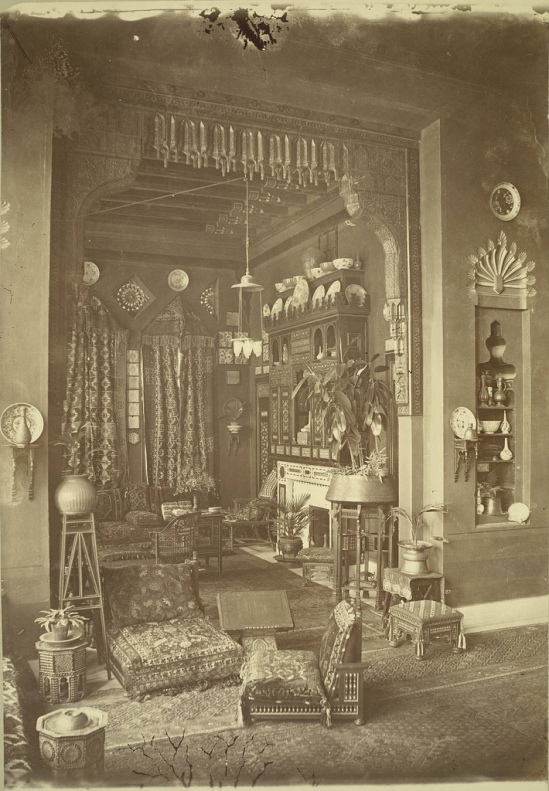Marie Taglioni (1804 – 1884) was an Italian/Swedish ballet dancer of the Romantic ballet era, a central figure in the history of European dance. Her fragile, delicate dancing typified the early 19th-century Romantic style. She became one of the first women to dance on the extreme tips, or points, of the toes; she created a new style marked by floating leaps, such balanced poses as the arabesque, and a delicate, restrained use of the points.
Trained chiefly by her father, Filippo Taglioni, she made her debut in Vienna in 1822. In her father’s ballet La Sylphide, introduced at the Paris Opéra, March 12, 1832.
In the performance of La Sylphide Taglioni was also known for shortening her skirt, which was considered highly scandalous at the time. The diaphanous dress she wore, with its fitted bodice and airy, bell-like skirt, was the prototype of the tutu. She shortened all of her skirts to show off her excellent pointe work, which the long skirts hid. Her father was approving of the shortening of the skirt because he also wanted everyone to see how good his daughter was en pointe.
In London Taglioni commanded £100 a performance and she filled the St. Petersburg Bolshoi Theatre to capacity when she played in La Sylphide. The Russians loved her so much that they named cakes and caramels after her. A group of her fans even ate a pair of her ballet shoes after her last performance in 1842. These were cooked, garnished, and served with a special sauce so one hopes that they tasted good! – See more at:
http://www.lifeinitaly.com/heroes-villains/marie-taglioni.asp#sthash.zwYUhCJE.dpufNot only did she have Paris at her feet but audiences in London, Milan, Vienna, Berlin, and St. Petersburg hailed her as one of the greatest dancers ballet had ever produced.
In London Taglioni commanded £100 a performance and she filled the St. Petersburg Bolshoi Theatre to capacity when she played in La Sylphide. The Russians loved her so much that they named cakes and caramels after her. A group of her fans even ate a pair of her ballet shoes after her last performance in 1842. These were cooked, garnished, and served with a special sauce (Source).

Maria Taglioni in “La Sylphide”, © Bettmann/CORBIS via

Marie Taglioni by Richard James Lane, printed by Graf & Soret, published by Rudolph Ackermann Jr lithograph, circa 1825-1850 25 1/8 in. x 18 3/4 in. (638 mm x 475 mm) paper size Given by Austin Lane Poole, 1956 © National Portrait Gallery, London via

Marie Taglioni by Richard James Lane, printed by M & N Hanhart, after Alfred Edward Chalon lithograph, 1845 21 1/2 in. x 15 in. (545 mm x 382 mm) paper size Given by Austin Lane Poole, © National Portrait Gallery, London, 1956 via

Marie Taglioni by Richard James Lane, printed by M & N Hanhart, after Alfred Edward Chalon lithograph, 1845 21 1/2 in. x 15 in. (545 mm x 382 mm) paper size Given by Austin Lane Poole, © National Portrait Gallery, London, 1956 via




















